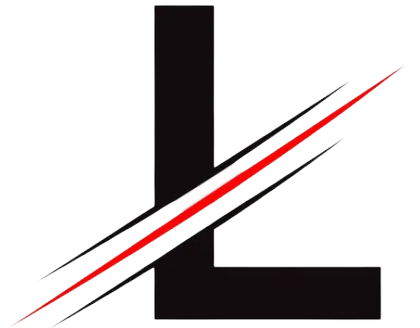What is Cache side-channel attack?
A cache side-channel attack works by monitoring security critical operations such as AES T-table entry or modular exponentiation or multiplication or memory accesses. Attacker then is able to recover the secret key depending on the accesses made (or not made) by the victim, deducing the encryption key.
What is a side-channel attack example?
A side-channel attack (SCA) is a security exploit that attempts to extract secrets from a chip or a system. This can be achieved by measuring or analyzing various physical parameters. Examples include supply current, execution time, and electromagnetic emission.
Which attacks uses side channel analysis to obtain the secret key?
SC attacks are the physical attacks that use the physical process to extract the secret information of the cryptographic algorithms such as encryption key.
What is side-channel attack in cloud computing?
A side channel attack is a way to extract sensitive information from a system by some means other than the intended input and output channels, or a side channel. The primary concern in cloud computing revolves around side channels that exist in hardware shared by co-resident virtual machines or processes.
What is side-channel eavesdropping?
Computers constantly give off more information than you might realize—which hackers can use to pry out their secrets. And a hacker who learns to read those unintended signals can extract the secrets they contain, in what’s known as a “side channel attack.”
What is side-channel data leakage?
Unintended data leakage (formerly side-channel data leakage) includes vulnerabilities from the OS, frameworks, compiler environment, new hardware, etc. without a developers knowledge.
Which of the following best describes a side channel attack?
Which of the following best describes a side-channel attack? The attack is based on information gained from the physical implementation of a cryptosystem. Which of the following is an example of a statistical attack against a cryptosystem?
Is brute force a side channel attack?
Brute-forcing is not considered a side-channel attack, because it doesn’t rely on information emitted by the cryptosystem.
Are Side Channel Attacks passive or active?
Both of these examples are passive side channels. Another option for side channel attacks is an active side channel exploit. An example from crypto history would be to try to get the enemy to encrypt a known message with their system. Generally, passive attacks are attacks that only observe the side-channel output.
What are different possible side channel attacks and their countermeasures?
Because side-channel attacks rely on the relationship between information emitted (leaked) through a side channel and the secret data, countermeasures fall into two main categories: (1) eliminate or reduce the release of such information and (2) eliminate the relationship between the leaked information and the secret …
What is side channel mitigation?
The root cause of the performance degradation is most likely due to mitigations for side channel attacks such as Spectre and Meltdown. Side channel attacks allow unauthorized read access by malicious processes or virtual machines to the contents of protected kernel or host memory.
What is side channel eavesdropping?
